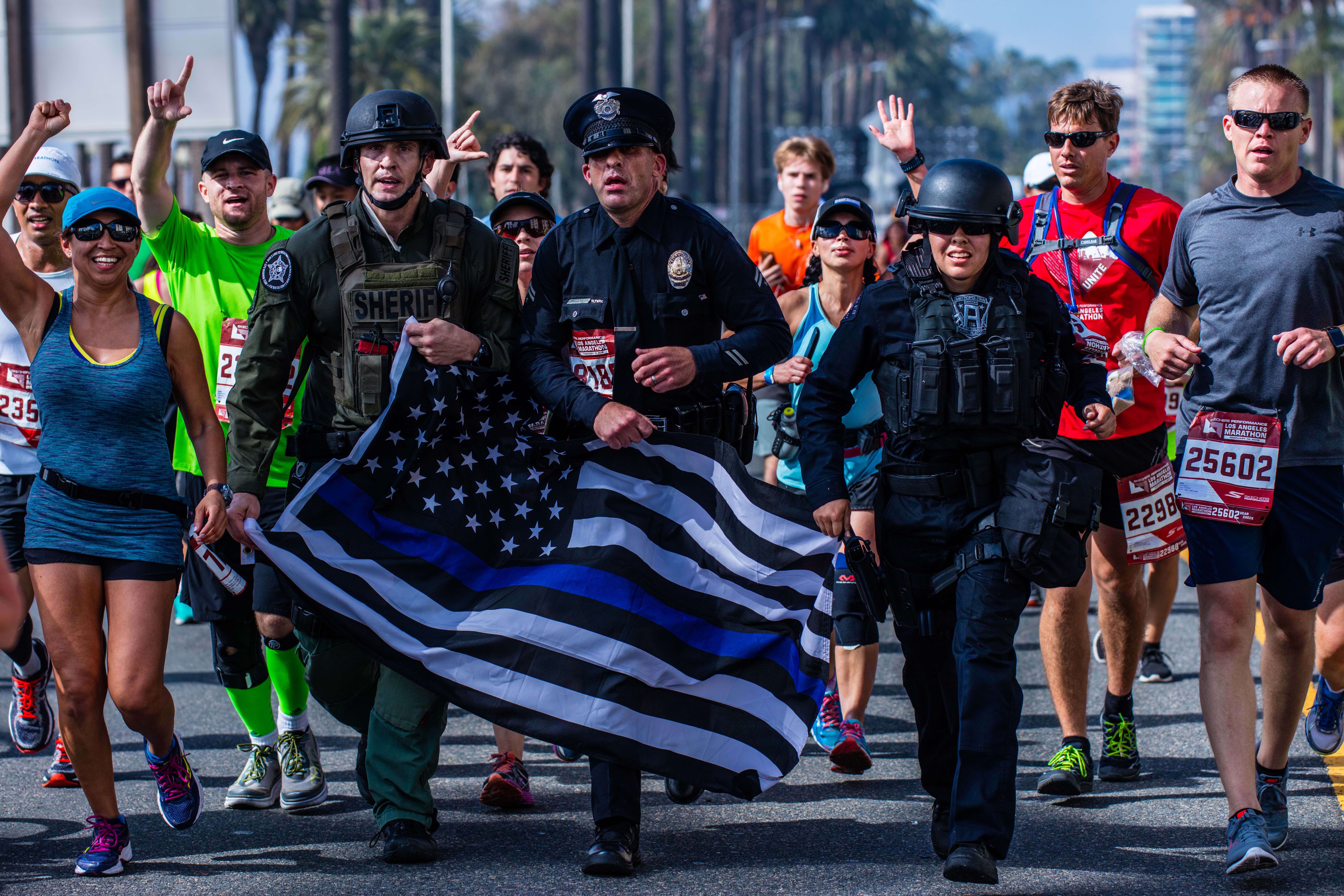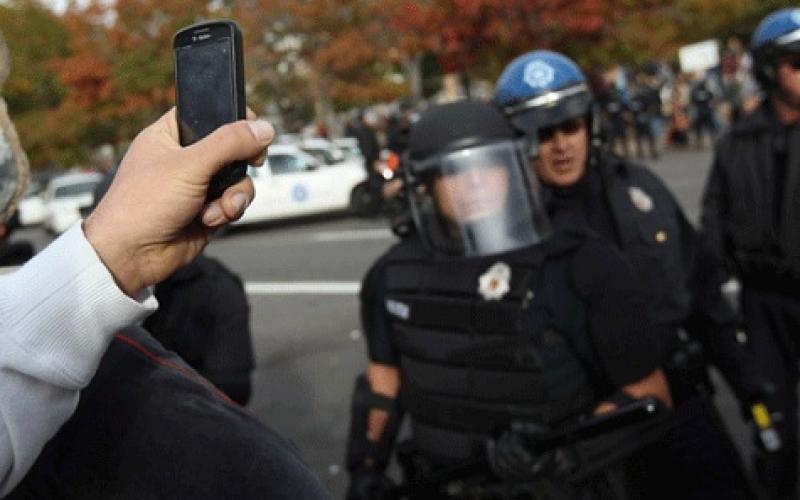When viewed by itself and without any context, this video looked troubling. It showed three Los Angeles Police Department officers wrestling with a young skateboarder while a fourth officer appeared to punch him in the face.
An easy case of police brutality, right?
Wrong.
A Los Angeles federal jury unanimously rejected the civil rights lawsuit that Ronald Weekley Jr., a 20-year-old Venice man, filed in connection with his August 2012 police encounter. Weekley was initially stopped for skateboarding on the wrong side of a Venice street.
Public reaction to the cell phone video was predictable: How could the LAPD do this? How could officers beat a defenseless young man for no obvious reason?
As we said in August 2012 when the video surfaced, “While Mr. Weekley claims excessive use of force, it is important to remember that partially recorded police action can easily misrepresent what actually occurred. That is why it is important to know all the facts in this case and not rush to judgment. It is also important for everyone to understand that it is required by law to follow an officer’s lawful commands. We already know that the partial videotape does not tell the whole story. If, as appears in this case, the recording begins toward the end of the incident, then crucial context which explains the necessity of the use of force is not captured.”
The members of the jury wisely saw the bigger picture. After examining all of the facts, and not simply focusing on the most sensational piece of “evidence,” the jury rejected the plaintiff’s claim that police used excessive force against him because of his race. The jury concluded the officers did nothing wrong and the LAPD was not liable.
While we are grateful for the jury’s decision, this case was a cautionary tale about the importance in refraining from jumping to conclusions based on snippets of evidence. While outwardly compelling, a video does not depict what occurred before and after an incident. A video simply depicts a few moments in time; it does not provide context and may not reveal the subtleties behind an encounter, what led up to it, and the totality of what occurred during it.
In this instance, the video did not show that the skateboarder tried to flee from police, requiring officers to use force to handcuff and subdue him.
Police work is not just dangerous, it’s heavily nuanced. In this case, “excessive force” turned out to be a justified and logical response by highly trained professionals to a specific set of rapidly evolving circumstances.
We invite you to share your thoughts by leaving a comment below.











